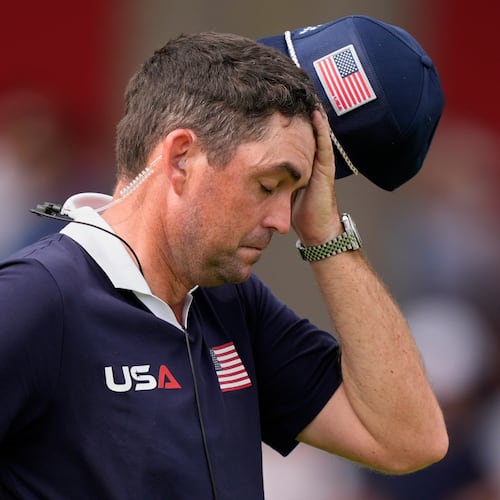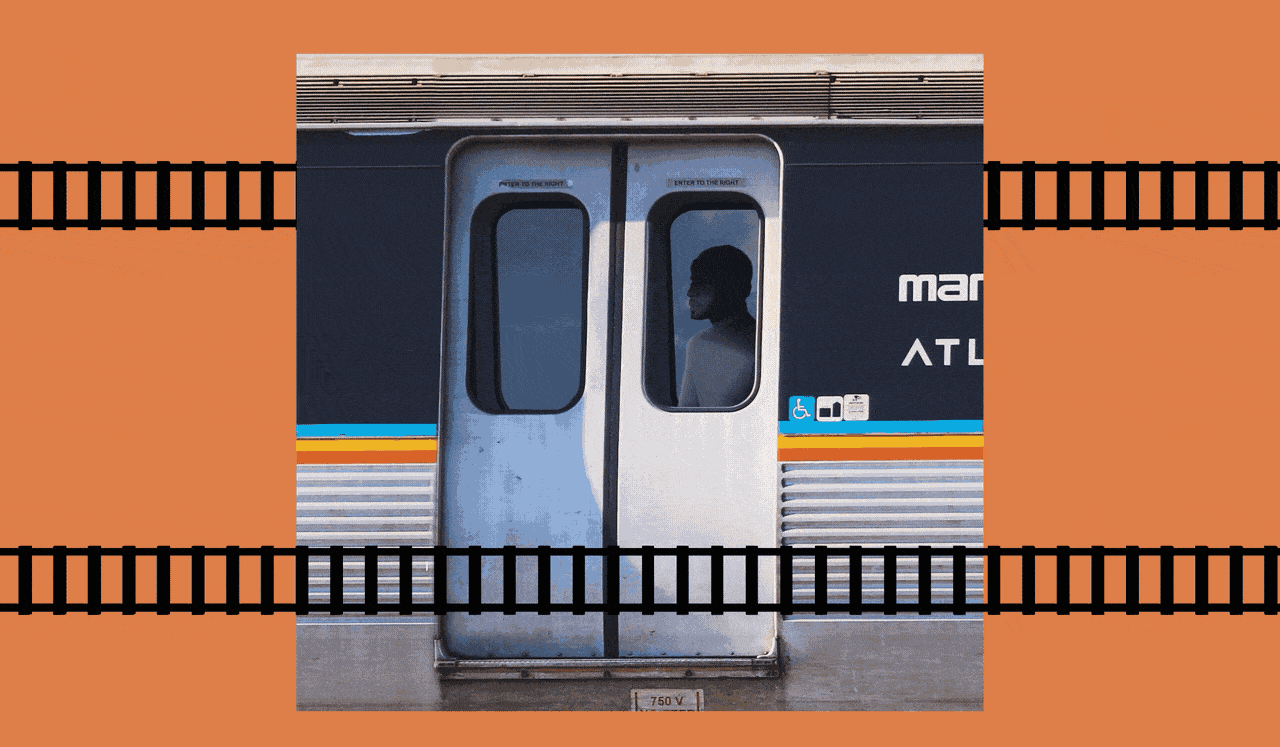This may not be what they had in mind.
When East Lake Golf Club underwent an extensive renovation over the past year, the aim was to restore the property to an earlier era and present golfers with a tougher challenge. The par-5 18th hole, the grand ending, is no exception.
Upon seeing the course for the first time since last year’s Tour Championship, several golfers here are experimenting with hitting tee shots from the 18th tee that land in the 10th fairway and thus change the approach into the green.
Count Scottie Scheffler and Xander Schauffele, ranked Nos. 1 and 2 in the FedEx Cup points standings, as two such scientists.
Here was Scheffler’s take:
“The way they reshaped the fairway there, the fairway crowns like this, and it’s a very difficult fairway to hit, and if your ball goes into the right rough and you don’t get a good lie, you have to chip it 10 yards down the fairway because there’s nowhere really to lay up.
“Before, there used to be some opportunity there, where now there’s not. You’re now hitting it across the lake. If you hit it into the left rough basically like – I’ll describe it this way: If you hit it into the right rough, you’re now hitting it over a pond to a fairway that’s pretty narrow. If you hit it in the left rough, you probably can’t hold the green from there, and if you don’t get it to the fairway, you’re going to be in the water.
“It seems like a safer play to take all that out of play, hit it down 10. The green is going to be pretty extraordinarily hard to hold anyways, with it being a downslope and having a long club in there. It’s more you’re playing for birdies. There is less opportunity I think for eagle than there was before.
“You’ve got three bunkers in front of the green now, and with how firm the greens are – I saw Rory (McIlroy) hold 18 green today, but he landed in the fringe over the bunker. The fringe is soft; the greens are firm. It’s very challenging to hold the green in two.
“If you don’t hit the 18th fairway, you’re in a heap of trouble. That’s something I’m still going to toy around with tomorrow, but I think it’s likely you’ll see some guys hitting it down the 10th because it’s a safer play.”
Here was Schauffele’s take:
“I hit two drives up 10 actually. I didn’t go and hit them or collect them. I didn’t hit the fairway.
“I spent time trying to hit balls out of the rough into that little sliver of a fairway for the lay-up area. I tried to hit some drives over the tree over on the 18th tee, that tree right there. It’s a really small fairway. It’s just plain and simple. It kind of cambers right down the middle, too, so if your ball is turning too much one way or the other it might roll into the rough; and if you’re going into the rough, I don’t think anyone on this property can hold a green hitting a lob wedge or sand wedge out of the rough into the green unless it’s a really long one that I haven’t seen or with a backstop. But you need to be in the fairway to do some damage out here.”
The biggest change on No. 18 was the alignment of the lake that crosses the fairway. It narrows the landing area of the second shot at the hole. The fairway also was reshaped.
“I’m interested to watch more golf being played there,” course architect Andrew Green said Tuesday of a traditional approach to the hole. “I think you can hit it down there with a driver, but you’d better be accurate. Maybe hitting a 3-wood and letting it chase might be a smarter play, but only playing it a handful of times, we’ll see what the guys end up doing.”
Perhaps there is one more part of the renovation in the future.
The possibility of a deliberate approach to the hole evokes memories of the Hinkle tree, the overnight planted obstacle at the 1979 U.S. Open at the Inverness Club.
In the first round, Lon Hinkle used a 1-iron off the par-5 eighth tee that ended up in the 17th fairway. From there, he hit a 2-iron to the green.
In the second round, a 20-foot Black Hills spruce tree had been planted overnight to take away the strategy.
About the Author
Keep Reading
The Latest
Featured


